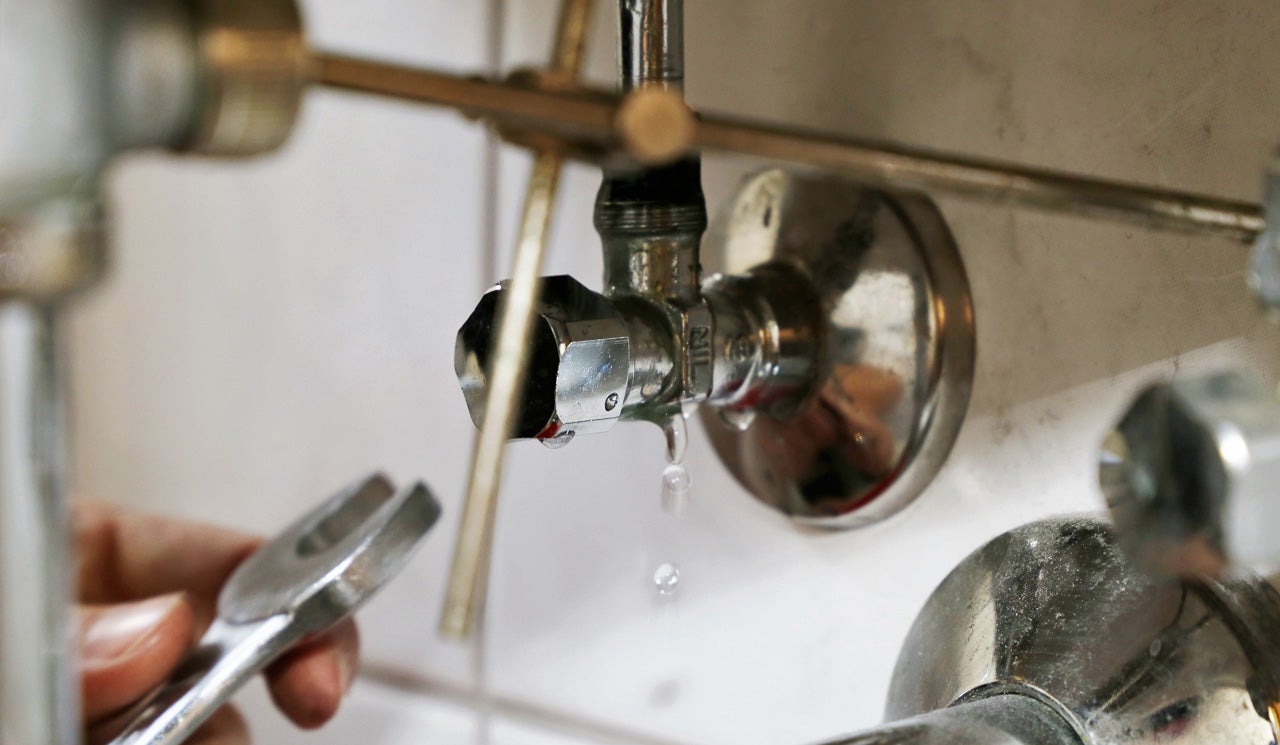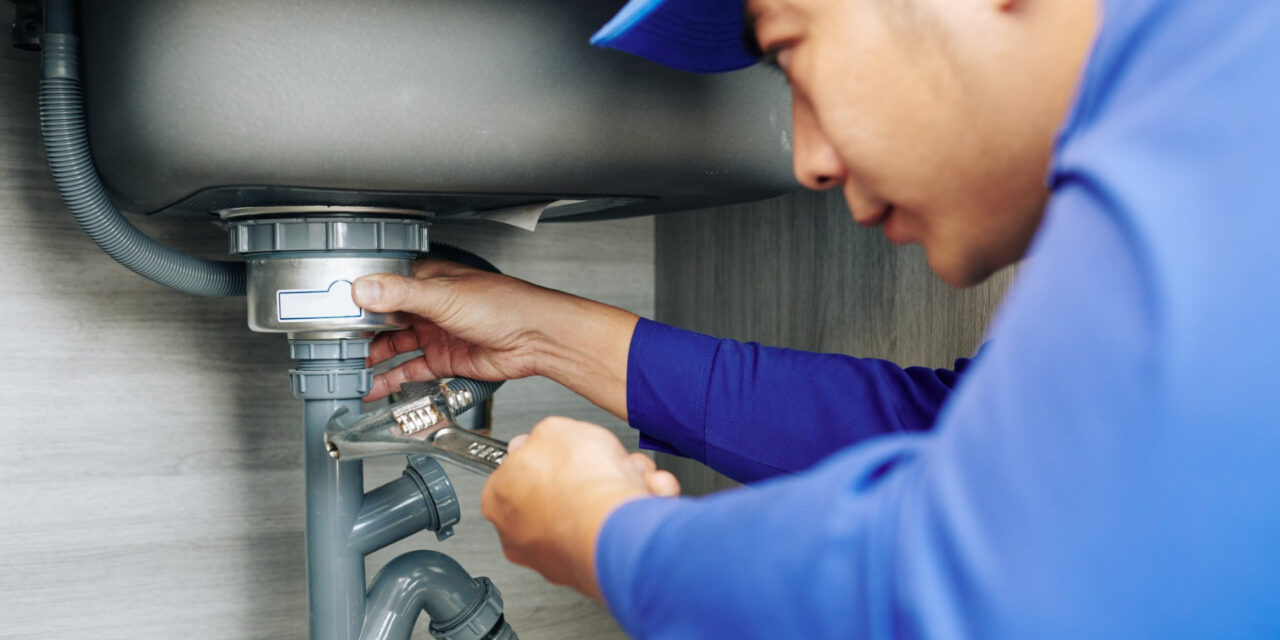We've stumbled upon this great article about Finding hidden leaks directly below on the internet and thought it made sense to write about it with you here.

Early discovery of leaking water lines can alleviate a potential disaster. Some small water leaks might not be visible.
1. Analyze the Water Meter
Every home has a water meter. Inspecting it is a surefire manner in which assists you find leakages. For starters, switch off all the water sources. Guarantee nobody will certainly flush, make use of the tap, shower, run the cleaning machine or dishwasher. From there, go to the meter and also watch if it will alter. Considering that no one is using it, there must be no motions. If it moves, that suggests a fast-moving leakage. If you identify no changes, wait an hour or two as well as inspect back again. This implies you might have a sluggish leakage that might even be below ground.
2. Check Water Usage
Examine your water bills and also track your water consumption. As the one paying it, you ought to see if there are any type of inconsistencies. If you identify sudden changes, regardless of your usage being the same, it suggests that you have leaks in your plumbing system. Remember, your water costs need to drop under the same array on a monthly basis. An abrupt spike in your expense shows a fast-moving leak.
Meanwhile, a stable boost every month, even with the same practices, reveals you have a sluggish leak that's also gradually intensifying. Call a plumber to thoroughly check your building, especially if you feel a cozy area on your flooring with piping underneath.
3. Do a Food Coloring Test
When it comes to water intake, 30% comes from commodes. If the shade somehow infiltrates your dish during that time without flushing, there's a leak in between the container as well as dish.
4. Asses Outside Lines
Do not fail to remember to check your exterior water lines as well. Examination faucets by connecting a yard hose pipe. Should water leak out of the link, you have a loose rubber gasket. Replace this and make certain all connections are limited. It will help obtain it expertly checked out and also maintained every year if you have actually got a lawn sprinkler system. One little leakage can lose lots of water and surge your water bill.
5. Evaluate the scenario as well as inspect
House owners need to make it a behavior to examine under the sink counters and also also inside closets for any type of bad odor or mold and mildew growth. These 2 warnings indicate a leak so punctual interest is called for. Doing routine evaluations, even bi-annually, can conserve you from a major trouble.
If you know your residence is already old, keep a careful eye on your heating units, tubes, pipelines etc. Look for discolorations as well as compromising as the majority of pipes as well as home appliances have a life span. They will certainly additionally normally degrade as a result of tear and put on. Do not wait for it to rise if you suspect dripping water lines in your plumbing system. Call a specialist plumber as soon as possible so you don't end up with a horrible mess in your home.
Early detection of leaking water lines can mitigate a potential calamity. Some little water leaks may not be visible. Checking it is a guaranteed means that helps you find leakages. One tiny leak can squander bunches of water and also surge your water costs.
If you presume dripping water lines in your plumbing system, don't wait for it to intensify.
How to Know If Your Home Has a Hidden Leak
Water Meter Reveals Inexplicable Water Usage
If you’d like to test whether or not there’s a leak somewhere in your home, you can do this using your water meter. Here is how to conduct the test:
Don’t use any water in your home for at least 30 minutes; this also means not turning on faucets or water-using appliances.
Go outside, and check your water meter for activity.
If your water meter shows that there was activity, even though no one was using any water, this proves that there is a leak in your home.Visible Mold or Mildew Growth
Leaks behind walls create moist, dark environments that allow mold and mildew to grow and thrive. Eventually, you might see mold growth forming on the wall closest to a hidden leak.
If mold is growing in an area that receives a high amount of moisture, such as a bathroom, it may simply be an indication that better ventilation is needed. However, if you see mold growth on a wall or the ceiling in an area where you would not expect, you probably have a hidden leak.
Musty, Mildew Odor
Sometimes you might not be able to see the mold or mildew that is growing as a result of a leak. However, the smell can give the problem away just as easily. If you catch a whiff of something musty, there’s a good chance that old water is collecting somewhere in your home that you can’t see.
Stained/Warped Walls, Ceilings, or Floors
When your home soaks up water, a variety of red flags can become visible, including ceiling stains, bubbling drywall, warped walls, and sagging floors. While these issues can be caused by excess humidity, they can also be signs that a pipe or plumbing connection has started leaking behind your walls.
Inexplicably High Water Bill
After a while, you get a general sense for what your water bill should be. If you own a pool or sprinkler system, your bill will tend to be higher during summer. However, if you receive a water bill that seems especially high, and you can’t figure out what caused it, then you may have a hidden leak somewhere that’s increasing your bill.
https://www.plumbingjoint.com/blog/2019/july/how-to-know-if-your-home-has-a-hidden-leak/

As a fervent reader about Locating water leaks, I thought sharing that piece was a smart idea. Liked our write up? Please share it. Let another person find it. Thank-you for taking the time to read it.